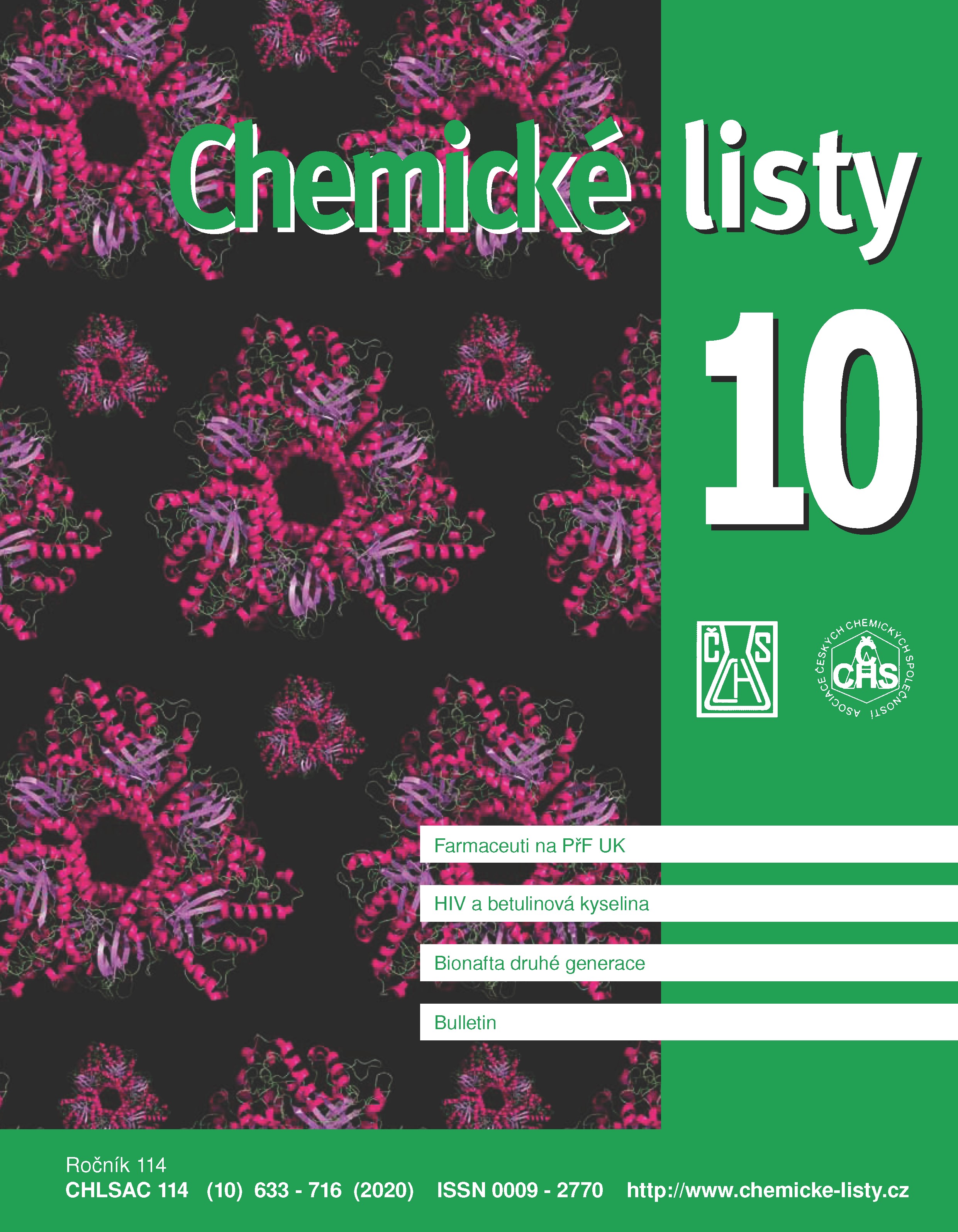Analýza prvkov v plodoch rodu Epiphyllum, Hylocereus a Opuntia (Cactaceae) pomocou energo-disperznej röntgenovej fluorescenčnej mikroanalýzy [Elemental Analysis of Epiphyllum, Hylocereus and Opuntia (Cactaceae) Fruits by Energy-Dispersive μ-XRF]
Klíčová slova:
Epiphyllum Haw., Hylocereus (Berger) Britt., Opuntia Mill., energo-disperzná röntgenová fluorescenčná analýza (EDXRF/µ-XRF), stopové prvkyAbstrakt
Cactaceae are mostly known as ornamental plants, though they can also be used as food (e. g. Epiphylli fructus, Hylocerei fructus – pitaya / pitahaya / dragon fruit, Opuntiae fructus – Opuntia fig / tuna / prickly pear). Main phytochemical constituents responsible for their pharmacological effects are betalains, terpenes and phenolics. The subject of our work was the identification and quantification of chemical elements in Epiphylli, Hylocerei and Opuntiae fructus (25 samples) by energy-dispersive X-ray fluorescence analysis. The plant material was obtained from a garden in Modra, Slovakia (Epiphyllum Haw.); Botanical Garden in Szeged, Hungary [Hylocereus (Berger) Britt.]; Comenius University Botanical Garden in Bratislava, Slovakia, and University of Pécs Botanical Garden, Hungary (Opuntia Mill.). Fruits were collected in September 2012–2018. We identified and quantified these elements in the respective samples: 11Na, 13Al, 15P, 19K, 20Ca, 26Fe, 27Co, and 30Zn. The presence of these elements showed considerable variations. Other identified elements (21Sc, 23V, 24Cr, 25Mn, 29Cu, 31Ga, 32Ge, 34Se, 35Br, 40Zr, 46Pd, 48Cd, 49In, 50Sn, 52Te, 53I, 54Xe, 56Ba, 58Ce, 60Nd, 61Pm, 62Sm, 63Eu, 64Gd, 65Tb, 66Dy, 67Ho, 68Er, 69Tm, 70Yb, 71Lu, 72Hf, 73Ta, 75Re, 76Os, 77Ir, 78Pt, 80Hg, and 81Tl) could not be quantified due to the lack of available salts suitable for calibration.
Full text English translation available in the on-line version.





